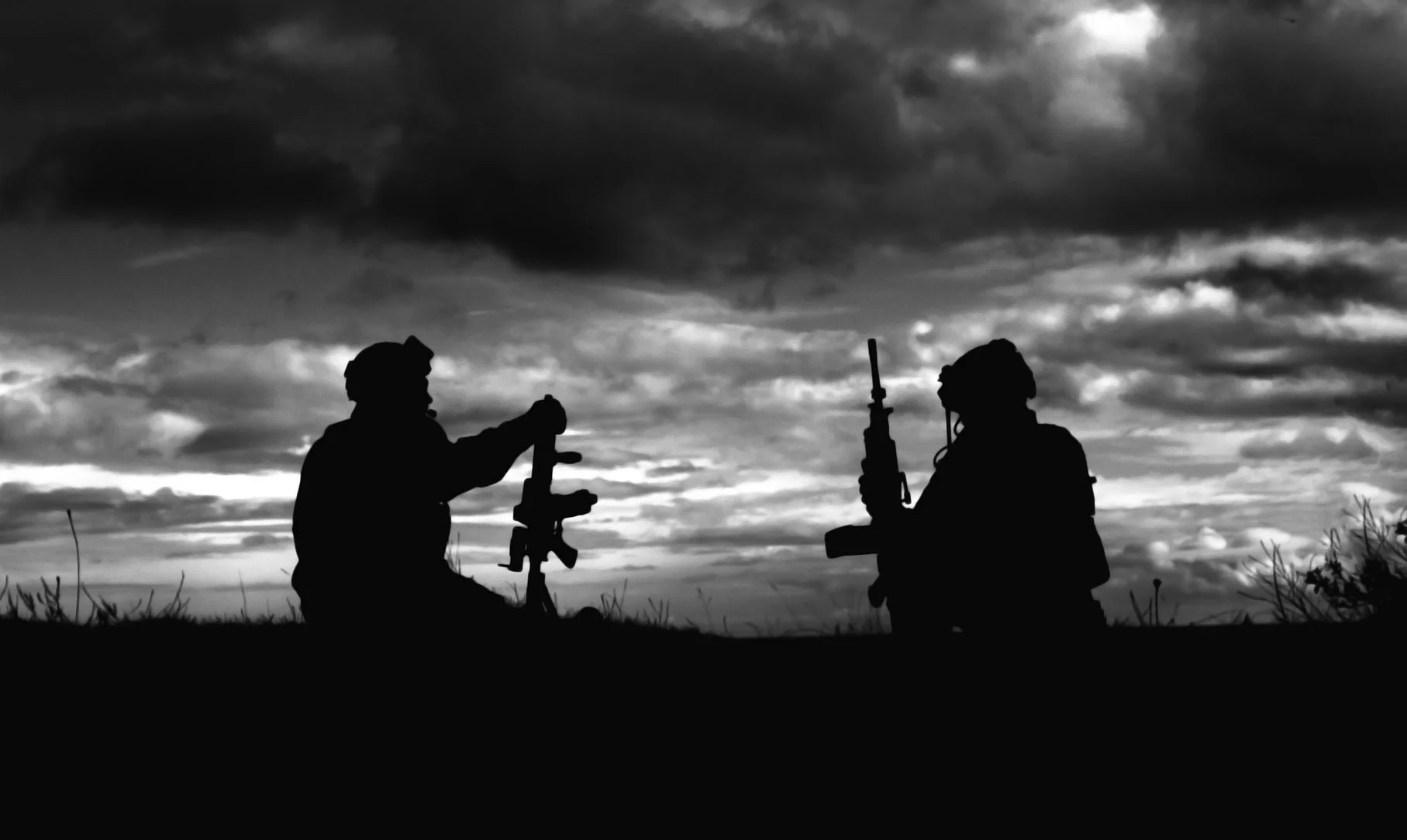The question of whether the long-standing war in Nagorno-Karabakh (known to Armenians as Artsakh) between Armenia and Azerbaijan has finally concluded is complex. While major hostilities related to Nagorno-Karabakh conflict for control over the territory itself have ceased following dramatic events in 2023, the broader interstate conflict is still in a delicate phase of seeking lasting resolution.
Are Armenia and Azerbaijan actively at war right now (2025)?
As of early 2025, Armenia and Azerbaijan are not engaged in active, large-scale warfare. The intense fighting for control over Nagorno-Karabakh, which characterized several periods since the late 1980s, concluded with Azerbaijan establishing full control over the region in September 2023.
However, a formal, comprehensive peace treaty between the two states has not yet been signed. Negotiations are ongoing, often with international mediation, to address critical outstanding issues. These include:
- Delimitation and demarcation of the interstate border between Armenia and Azerbaijan.
- The opening of regional transportation and economic links.
- Guarantees for long-term security and stability.
While a general ceasefire is largely in place along the Armenia-Azerbaijan border, the situation can still experience intermittent tensions and localized skirmishes. Therefore, while the specific “war for Artsakh” has ended in a military sense, the overall relationship between Armenia and Azerbaijan is in a fragile post-conflict, peace-building stage.
How did the 2020 Nagorno-Karabakh War between Armenia and Azerbaijan conclude?
The 2020 Nagorno-Karabakh War (the 44-Day War) marked a significant turning point in the conflict between forces aligned with Armenia and Azerbaijan. It ended on November 10, 2020, with a Russian-brokered trilateral ceasefire statement after Azerbaijan made substantial territorial gains. This agreement led to Azerbaijan regaining control of territories surrounding Nagorno-Karabakh that Armenian forces had held since the First Nagorno-Karabakh War (1990s), as well as parts of Nagorno-Karabakh itself, including the city of Shushi (Shusha). Russian peacekeepers were deployed to the parts of the region still inhabited by Armenians and along the Lachin Corridor. This outcome significantly altered the previous status quo but did not resolve the underlying political issues or the final status of Nagorno-Karabakh between the two nations.
What decisively changed the situation in Artsakh (Nagorno-Karabakh) in 2023 regarding Armenia and Azerbaijan?
The situation for the Armenians of Artsakh became increasingly dire following the 2020 war. A critical turning point was the blockade of the Lachin Corridor by Azerbaijan, starting in December 2022. This isolated the approximately 120,000 ethnic Armenians from Armenia and the outside world for over nine months, leading to a severe humanitarian crisis.
On September 19, 2023, Azerbaijan launched a swift and decisive military offensive against the remaining Armenian-populated areas of Nagorno-Karabakh. This operation resulted in the rapid capitulation of the local Artsakh defense forces and its de facto governing structures. In the days that followed, fearing for their safety and future under Azerbaijani rule, virtually the entire ethnic Armenian population of Nagorno-Karabakh (over 100,000 people) was forcibly displaced, seeking refuge in Armenia. This event effectively ended Armenian control and presence in Artsakh, fundamentally altering the dynamics of the Armenia-Azerbaijan conflict over the region.
So, is the Nagorno-Karabakh conflict between Armenia and Azerbaijan truly ‘over’?
From a military perspective regarding control over the territory of Nagorno-Karabakh, the conflict between Armenian-backed forces and Azerbaijan can be considered effectively over, with Azerbaijan having asserted its full sovereignty and control over the region. The de facto Republic of Artsakh has ceased to exist.
However, from a broader perspective of interstate relations between Armenia and Azerbaijan, the conflict is not fully resolved. A lasting peace requires a signed and implemented peace treaty that addresses all outstanding issues. The humanitarian consequences of the displacement, the rights of the displaced population, the preservation of Armenian cultural heritage in Nagorno-Karabakh, and the establishment of stable, peaceful bilateral relations are all part of the ongoing process.
What is needed for a lasting peace between Armenia and Azerbaijan?
While the military conflict over Nagorno-Karabakh itself has concluded with Azerbaijan establishing full control, achieving a durable and comprehensive peace between the states of Armenia and Azerbaijan requires several critical steps. As of early 2025, negotiations are ongoing, often with international facilitation, focusing on:
- A Comprehensive Peace Treaty: Finalizing and signing a formal treaty that addresses all outstanding issues and normalizes relations between the two countries.
- Border Delimitation and Demarcation: Clearly defining and marking the interstate border to prevent future disputes and skirmishes. This is a complex process given historical maps and differing interpretations.
- Opening of Regional Transport and Economic Links: Establishing unhindered transport connections, often referred to as “unblocking communications,” is a key component of various peace proposals, though the specifics and sovereignty over these routes remain points of contention.
- Addressing Humanitarian Issues: This includes the rights of the Armenians forcibly displaced from Nagorno-Karabakh (such as the right to return, property rights, and security guarantees, though prospects for return currently seem minimal), the fate of any remaining prisoners of war or detainees, and the preservation of cultural and religious heritage.
- Building Trust and Diplomatic Relations: Overcoming decades of enmity requires sustained dialogue, confidence-building measures, and the establishment of normal diplomatic relations.
The international community continues to encourage both sides to work towards these goals to ensure long-term stability and security in the South Caucasus. Until such a comprehensive settlement is achieved, the risk of intermittent tensions, while lower than during active war, cannot be entirely dismissed.
